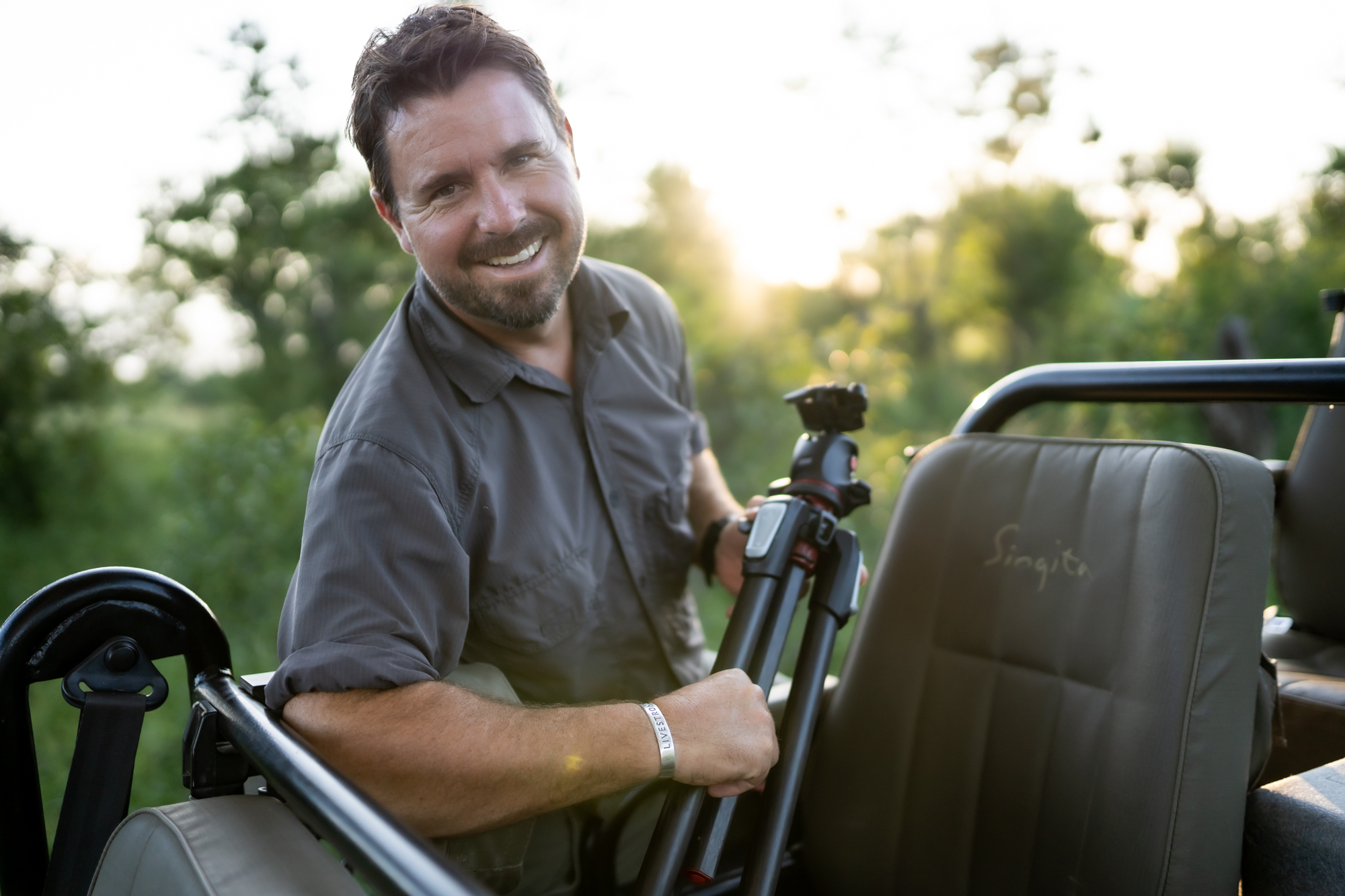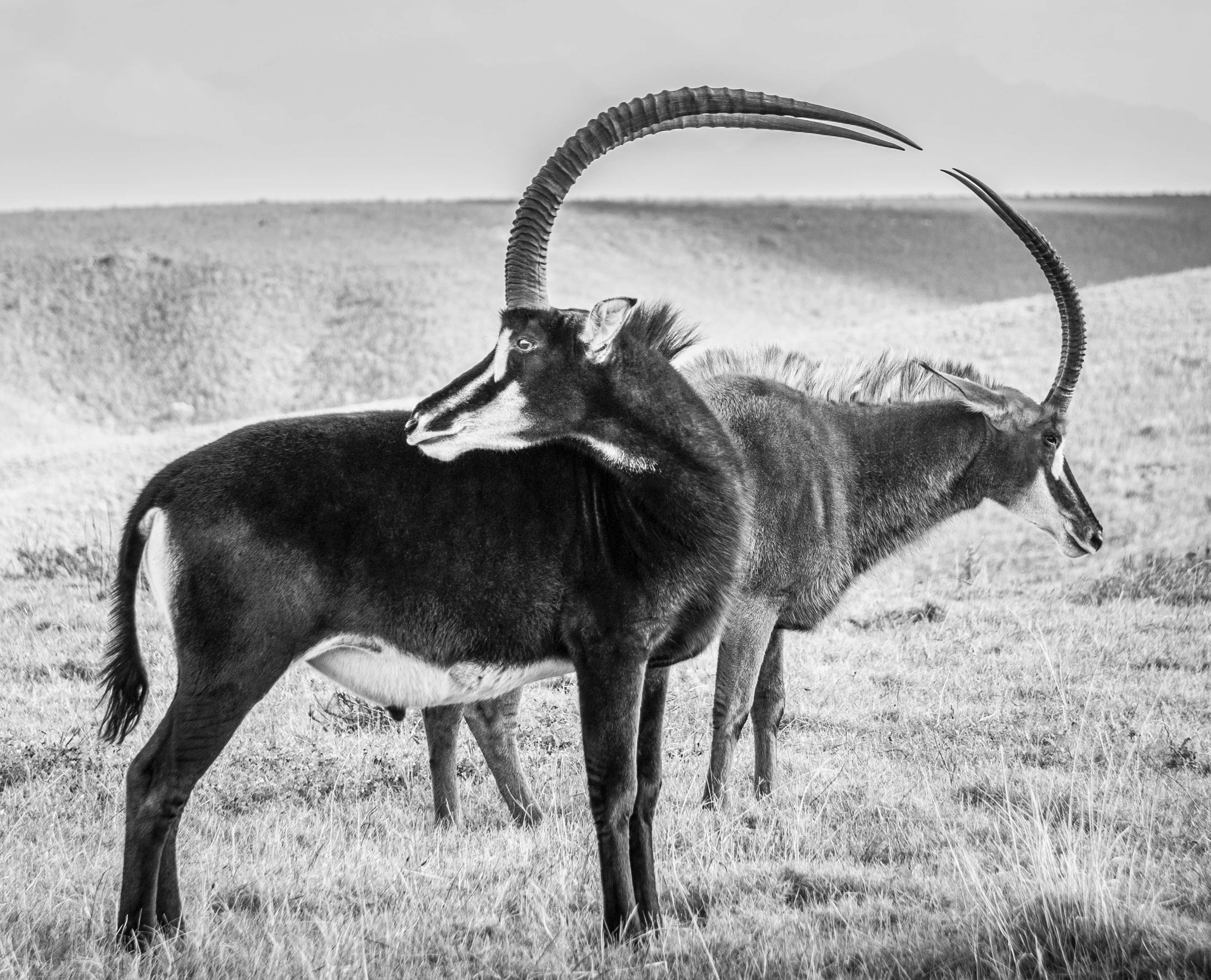For the third instalment of our Behind The Lens series, we venture into the wild with professional wildlife photographer Oscar Orpen. Oscar’s work transports you to the wild open African plains and leaves you with a sense of awe and wonder. In this interview, we delve into Oscar’s creative process, his experiences in the field, and his advice for aspiring wildlife photographers. Join us as we explore the world of wildlife photography through the lens of one of its most talented practitioners.
Please tell us a little about yourself.
I am a Cape Town local, born and raised in Hout Bay. I was trained as a skipper and sailed the Atlantic Ocean twice. After spending a few years sailing locally, I decided I’d had my fair share of the ocean. Thereafter, I spent five years working in Elgin and living on a farm. Farm life was where my dream of becoming a photographer became a reality.
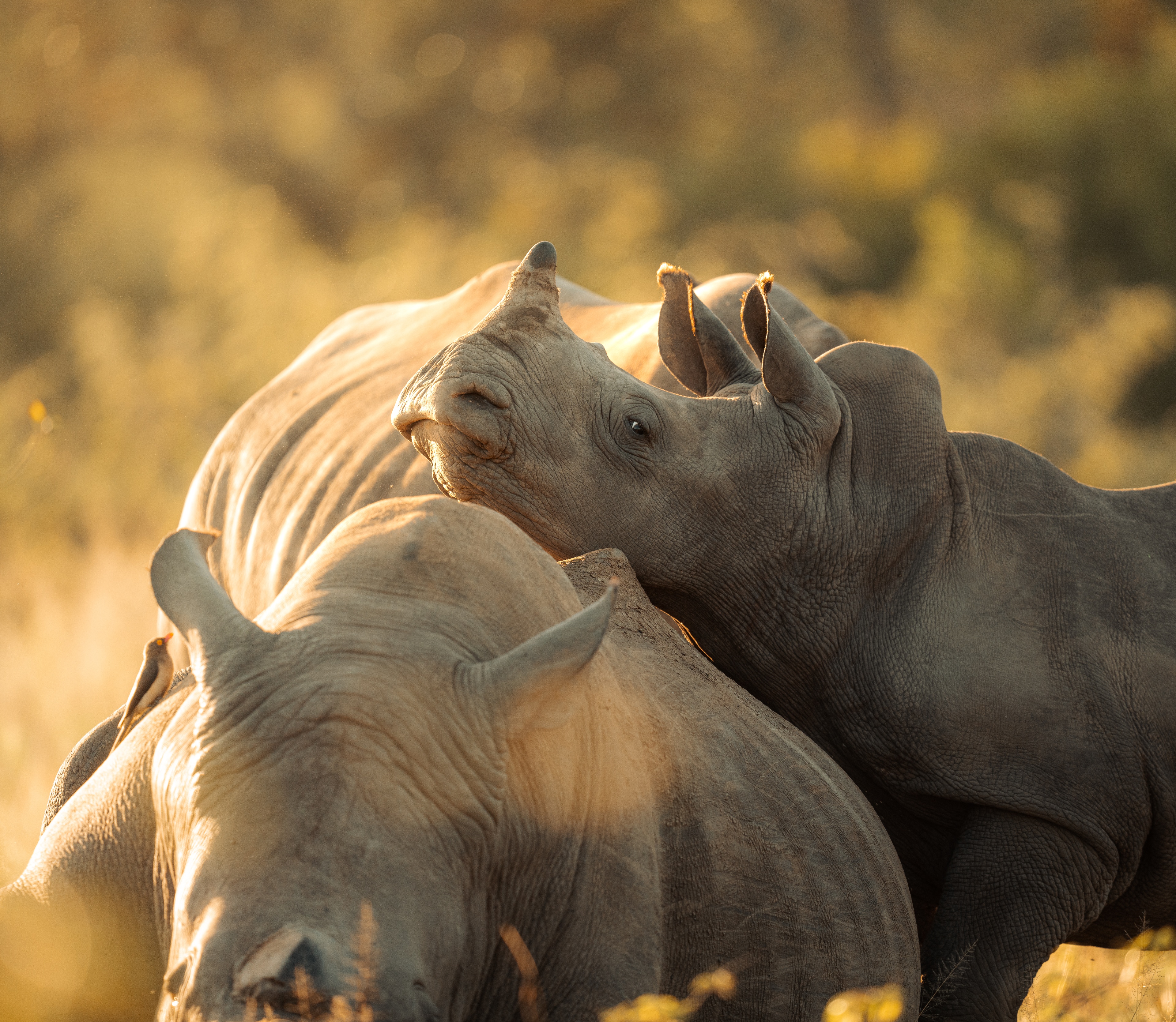
What inspired you to follow a career in photography?
I’ve always dreamed of having a career that allows me to be outdoors in nature and in the company of animals. I spent quite a bit of time watching YouTube videos of other wildlife photographers from around the world living my dream. Because of this, I was inspired, and I realised that wildlife photography was something that I wanted to pursue, so I started saving. I dove in and bought myself a Sony A7III and a nifty 50mm prime, thinking, “This is it; I have made it to the big league”. Immediately after opening the boxes, I realised I had no idea what anything did, but I fell in love. The rest is history.
Your wildlife photography work is breathtaking. What drew you to follow this genre of photography?
As a young child, I was constantly drawn to the outdoors and enjoyed camping trips and hiking in the mountains, so nature and wildlife have been a part of what I know. What drew me to this genre of photography specifically was the challenge of capturing a fleeting moment or a unique perspective on an animal in its natural habitat. I love the unpredictability of wildlife photography, where you never know what you might encounter or what shot you might get. As a result of seeing all the people, I admire in photography, having the freedom to create and explore the world showed me that this is the path I wanted to follow.
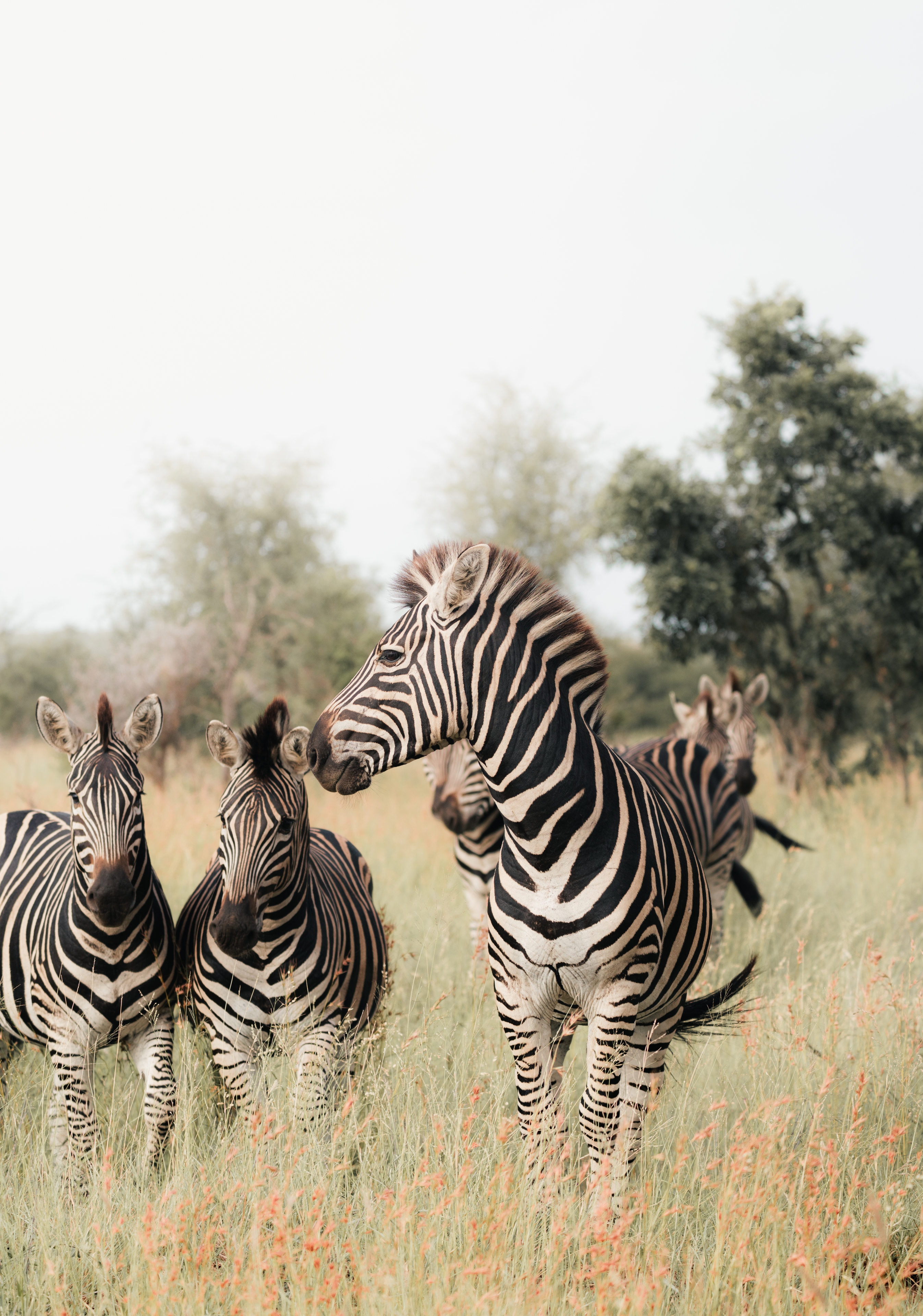
Do you have any memorable stories, highlights or scary stories you can share with us of one of your days out shooting in the field?
On a recent trip to the Kruger National Park, in an effort to photograph one of my favourite animals, the Leopard, there was some wild flooding in the area that trapped thousands of people in some regions of the park. After spending nearly three weeks looking for the shot, there were torrential downpours over the region, causing mass flooding, damaged roads and impassable bridges. This left us stranded at camp.
I spent three days driving the roads searching for any sign of animals, most of which disappeared onto higher ground. Luckily, on day three of the Kruger lockdown, the rangers fixed a bridge that was now just manageable for crossing. The convoy of vehicles spent nearly twelve hours driving once smooth dirt roads, but to our discovery, half had washed away and were now covered in fallen trees and debris. We spent hours creating new tracks through the bush and recovering the vehicles that couldn’t navigate the thick sand and mud.
After nearly twelve hours of navigating through the bush, we reached the end of the flood line. I was the last vehicle through the thick sand nearing the tar road. Five hundred meters before we reached the tar, I spotted something out of the corner of my eye lying perfectly in plain sight, glowing in the afternoon light. A spectacular male leopard was staring at me. It was as if he knew we were coming. I couldn’t believe what I was seeing as he gracefully lay in the tree. It felt like one of those “right place at the right time” moments. I must have taken over five hundred images of that leopard.
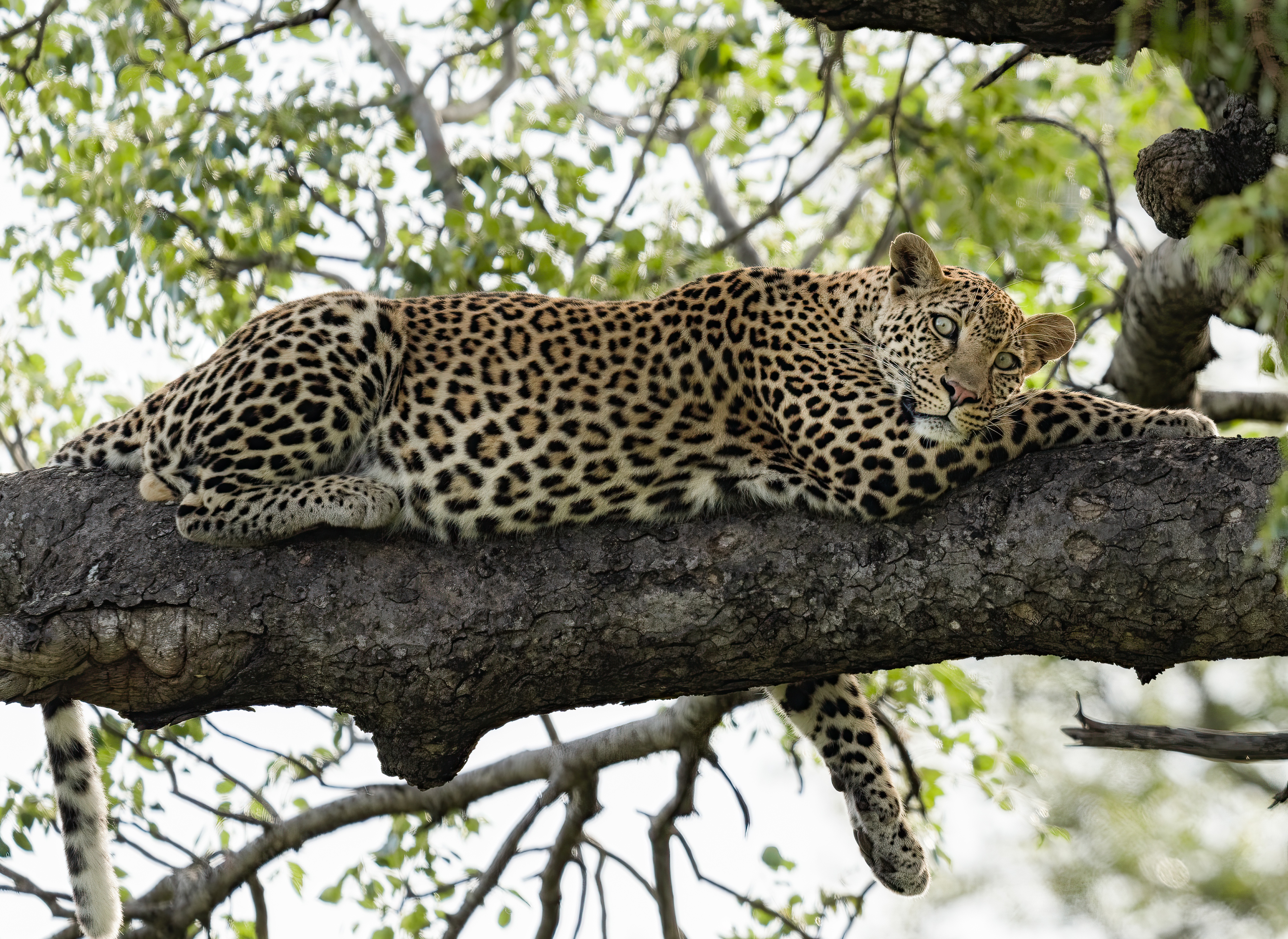
Walk us through your creative process; what steps are involved from mood board to execution?
It all begins with an idea – I think about which species I am interested in, where it is found and how difficult it is to photograph. After I have that in mind, I work on getting the hero shot, and then I usually leave it for a while and don’t rush straight into editing. I do some research online to see what style of image I would like it to end up as, and slowly start creating the look and feel I want to achieve from there. It then takes many, many rounds of editing to get an image to where I want it to be.
In your opinion, what are the key elements that make up a stunning wildlife shot?
The elements I look for are light, composition and the expression of the animal.
In your opinion, what are some common mistakes that wildlife photographers make?
There are a few things that are often forgotten. Patience plays a big part in any wildlife shoot, and I don’t think all wildlife photographers have the necessary patience. Another common mistake is shooting in the middle of the day when the sun is at its harshest.
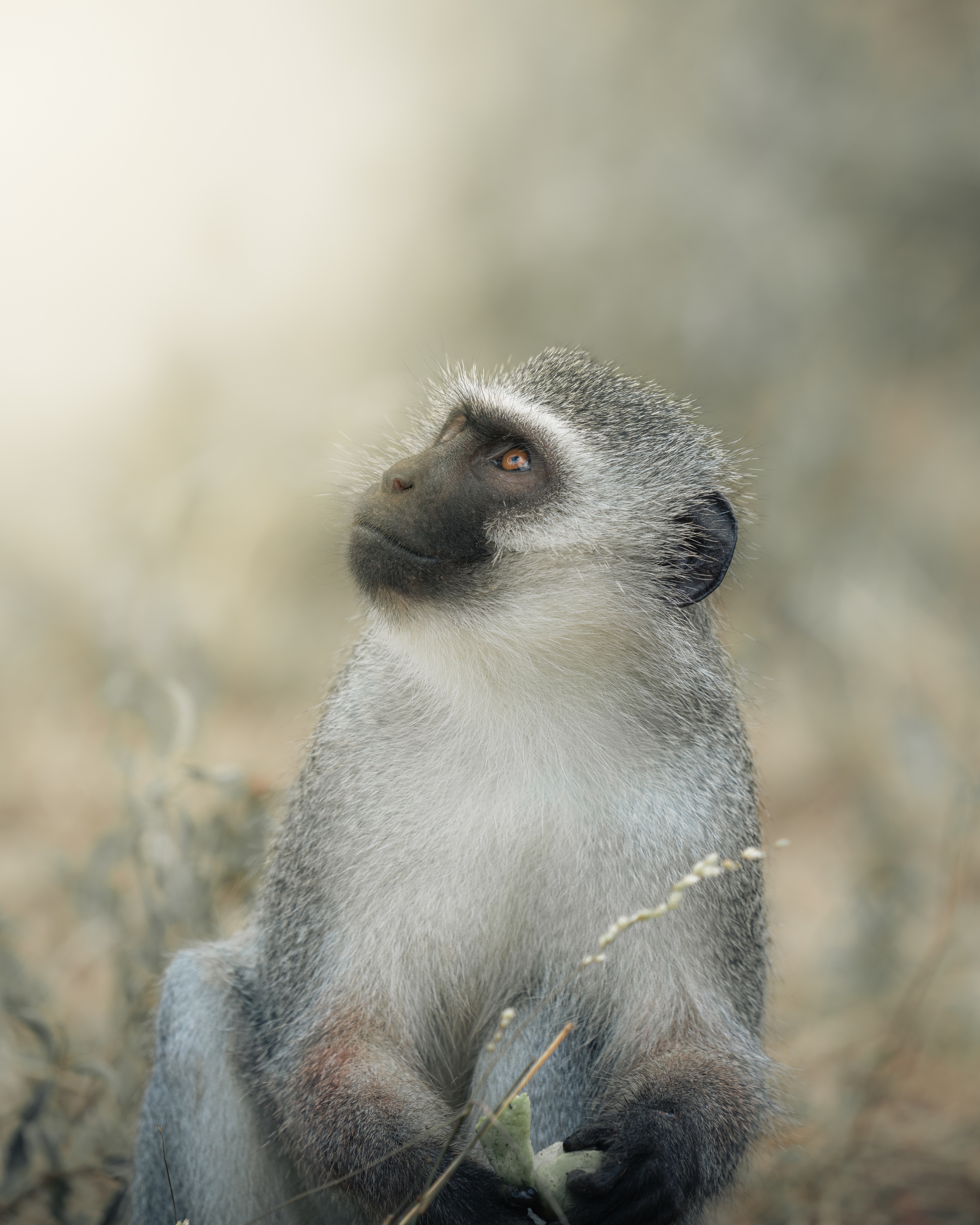
What are some misconceptions about wildlife photography?
The most common misconception is that people think you will see every bird and mammal species as soon as they go out into the field. Wildlife photography requires time and space, so it’s not always readily accessible, which is a common misconception.
Which animals are the hardest to photograph and why?
Birds in flight are definitely the hardest to photograph. Birds move so quickly in all directions, which makes it difficult to focus on the subject.
Which wild environments are the hardest to shoot in and why?
Deserts as they create heat waves warping the image. Incredibly dense forests can also be challenging in terms of visibility. Often you can hear the animal and sometimes see part of it, but you’ll most likely never be able to get close enough for a shot.
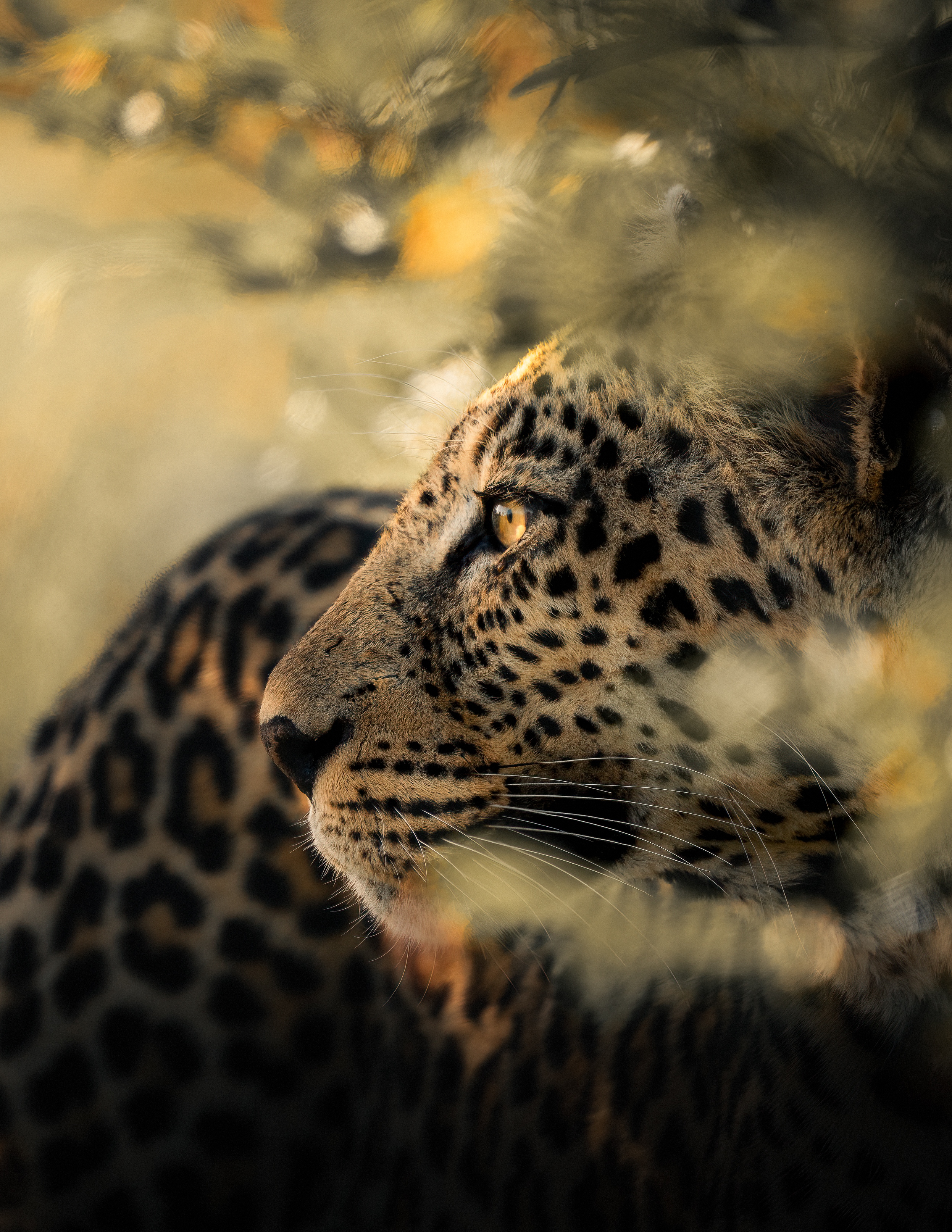
What camera do you shoot with?
What are some of your favourite lenses to use out in the field?
The Sony 600mm f4, Sony 200-600 f5.6-6.3, and the Sigma 24-70 f2.8 Art.
What essential gear do you need with you on every shoot?
Without fail, I will always take my Shimoda Action x 30 camera backpack that can store every piece of kit I may need in the field.
What advice would you share with aspiring photographers who’d like to pursue a similar career?
- You don’t need the greatest gear to start. I started with a 50mm prime.
- Learn and understand the basics. For example, what does shutter speed mean, what does ISO mean etc. If you can learn and understand the basic elements, you are more than halfway there.
- The best place to photograph wildlife is in your backyard or from your balcony. One would be surprised how much you can spot from a window with a little patience.
- Understanding light. My dad used to say to me, “Light is everything.”
- Now when I see a beautiful ray of light falling across an animal’s face, highlighting its features, I understand how imperative this is.
- Use YouTube as a tool. I learnt everything I know from YouTube. It is the best tool, especially if you need to learn something while on the go.

What is one piece of advice you wish you received when you started your career?
Everything takes time, and the most important thing to remember is that practice is the key to it all.
Do you have any upcoming projects you would like to highlight?
I am working on a series of sea birds along the Atlantic coast.
Anything else you’d like to add?
Don’t wait; just start.




